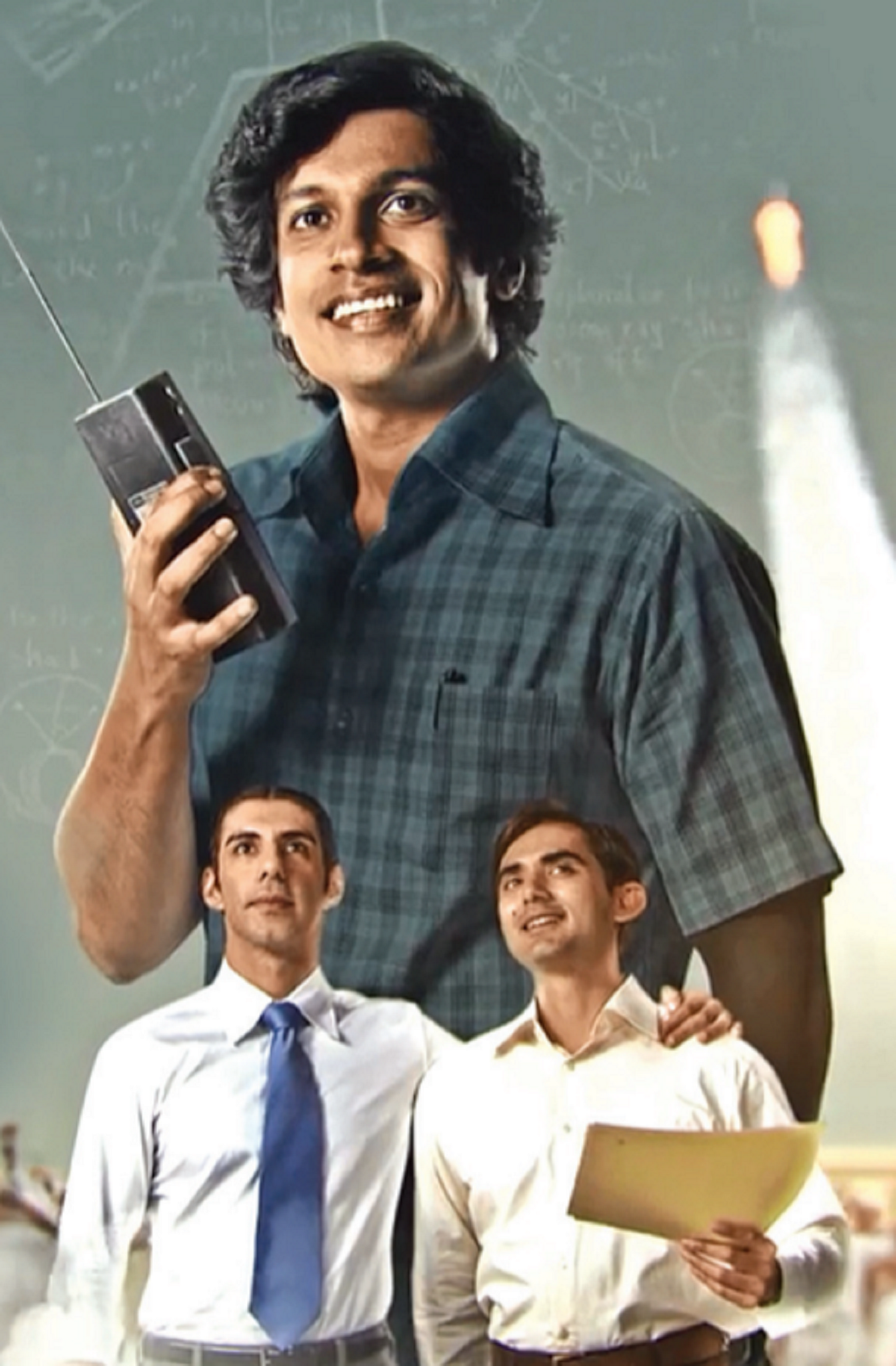The web series 'Rocket Boys' point to CIA's suspected role in the air crash that killed Homi Bhabha
The series brings alive not only the contribution of two brilliant scientists but also questions CIA’s role in sabotaging India’s atomic research and mysterious plane crash that took Bhabha’s life

By revisiting the lives of Homi Jehangir Bhabha (Jim Sarbh) and Vikram Sarabhai (Ishvak Singh), brilliant young scientists born into privileged families, who chose to give up top-notch research assignments at Cambridge to return to India and give shape to India's atomic energy and space research programme under Jawaharlal Nehru's astute leadership, Rocket Boys celebrates two of India's biggest success stories.
The son of Ambalal Sarabhai, one of Gandhi's earliest benefactors after he returned to India from South Africa, Vikram Sarabhai not only steered the Indian Space Research Organisation (ISRO) in its early year, but also mentored a generation of scientists who carried his vision forward after his premature death in 1971.
One of them was the young and then unknown A.P.J. Abdul Kalam (played by theatre artiste Arjun Radhakrishnan), who rose to become India's celebrated 'Missile Man' and one of the most popular Presidents the country has had.
Kalam had applied for a job at Sarabhai's Physical Research Laboratory in Ahmedabad, the nursery of the country's space programme, and came to meet his prospective employer with a list of all the institutions that had refused him a job.
He appears several times in the series. At the launch of the 'sounding' (research) rocket, Nike-Apache (on loan from NASA), on November 21, 1963, from Thumba, an old fishing village close to Thiruvananthapuram, Sarabhai is shown jokingly remarking to Kalam that he could have at least got his hair cut for the occasion.
In another scene, when Nehru is shown wondering aloud how he would be able to justify the space programme to the nation, Kalam speaks up, saying the Prime Minister could always say that it was necessary for national security.
Kalam was the last person Sarabhai spoke with before he passed away on December 30, 1971.
Notwithstanding these historical personalities who walk in and out of its frames, the series is far from a hagiographical account of Bhabha and Sarabhai.
It delves honestly, for instance, into Vikram Sarabhai's difficult marriage with danseuse Mrinalini Sarabhai (Regina Cassandra) and his relationship with Kamla Choudhary (Neha Chauhan), the first professor to be hired by IIM-Ahmedabad, which was one of the many institutions created by the space pioneer.
Interestingly, the Sarabhais first met when Mrinalini came to perform at the Indian Institute of Science in Bengaluru, headed by a genial C.V. Raman, who later won the Nobel Prize, for a fundraiser after New Delhi, then still under the British Raj, withdrew its support because Bhabha and Sarabhai had unfurled the Congress flag on the premises of the premier research centre.
A talented Bharatanatyam and Kuchipudi dancer, Mrinalini Sarabhai, whose sister was Lakshmi Sehgal, leader of Netaji Subhas Chandra Bose's Indian National Army, went on to establish the famous Darpana Academy of Performing Arts in Ahmedabad. At her first meeting with Vikram Sarabhai, it was Bhabha who played Cupid.
The series also exposes CIA's opposition to the atomic energy programme shepherded by Bhabha with Nehru's support (in fact, after his death, his successor, Lal Bahadur Shastri, is shown questioning Bhabha's active advocacy for a Nuclear India). Sarabhai, as is shown in the series, also fell out with Bhabha over the latter's dream to nuclearise India and he quit the Atomic Energy Commission.
Rajit Kapur, who's best known for playing Gandhi in The Making of the Mahatma, essays the role of Nehru, whom Bhabha used to call 'Bhai', and who inexplicably named India's first atomic energy reactor, Apsara.
Bhabha's tragic death in a plane crash on Mont Blanc in Switzerland, while he was on his way to Vienna to attend the annual conference of the International Atomic Energy Agency (IAEA), was for long rumoured to be the handiwork of the CIA.
The theory was back in circu-lation with the publication of American journalist Gregory Douglas's conversation with retired CIA operative Robert Crowley, who said the agency was unhappy with India, and especially Bhabha, and the crash took place because a bomb had been planted in the cargo hold of the ill-fated Air-India Flight 101.
Crowley did not name the CIA as the perpetrator of the bombing, but he definitely implied it. Coincidentally, months before the January 24, 1966 crash, Bhabha had announced on All India Radio that India was capable of producing a nuclear bomb in 18 months.
Incidentally, Mrs Indira Gandhi was sworn in as Prime Minister on the day Bhabha met with his death. And it was she who set the nuclear programme on the path that Bhabha wanted it to take.
(IANS)
(This was first published in National Herald on Sunday)
Follow us on: Facebook, Twitter, Google News, Instagram
Join our official telegram channel (@nationalherald) and stay updated with the latest headlines